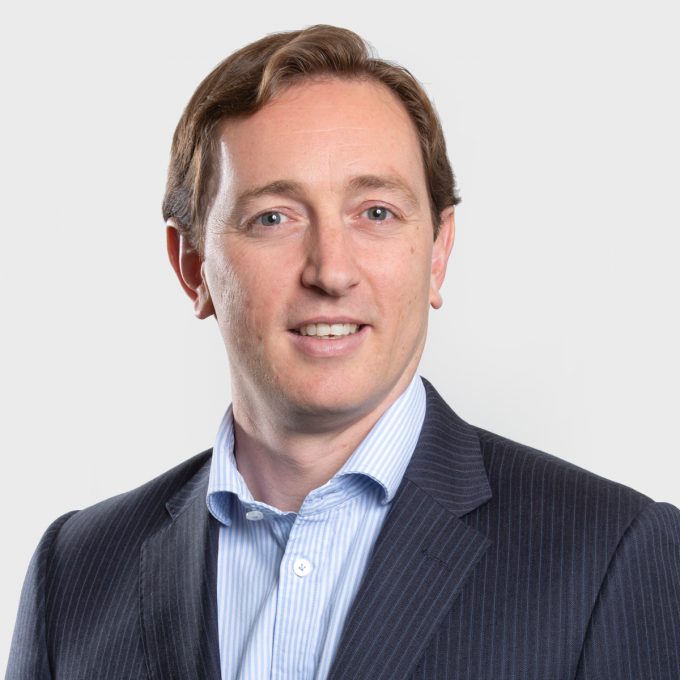How to get rich. It is the subject of new Netflix series and the topic of a recent Forbes article. WikiHow provides a 19-step answer and Google offers 180 pages of search results to the question.
While how to accumulate wealth has, and will likely always be, a ‘hot topic’ globally, for those individuals and families who have found the answers for themselves, the question becomes how to protect their hard-earned gains.
In May, the news that luxury brand business mogul, Bernard Arnault, “lost $11bn in one day”, dominated global headlines. With a reported net worth of around US$200bn, the loss – attributed to a 5% fall in shares of his LVMH business – was not substantial enough to knock Arnault off the top spot on the world’s rich list, but it did highlight that no one is immune to financial loss.
There comes a point on the wealth journey of high-net-worth families where wealth preservation must be considered. Last year, “research collected from over 380 single and private multi-family offices” showed an increase in ultra-high-net-worth families prioritising wealth preservation over growth, compared to the prior year. In the same period, the net worth of the UHNW global population fell by 11%. While it would be impossible to know exactly why wealthy families are focusing more on safeguarding their assets, it would not be too much of a leap to assume that the loss of existing wealth could be a contributing factor.
The world’s wealthiest are not immune to financial risk factors including inflation, economic downturn, and the ongoing challenges of geopolitical issues. When prospects of growth diminish, the focus tends to turn towards preserving what you have.
In a world where wealth invested in theoretically “safer” assets, including property and gold, is no longer a guaranteed protection against global risk factors and highly fluctuating market conditions – such families may well consider what extra they can do to manage and mitigate their risks. It is especially at these moments that wealth protection services, such as those provided by trustees, have an opportunity to shine.
In contrast to the global risks, factors which they cannot control, these families also experience a high level of risks closer to home which, with sensitive structuring by experienced trustees, can be mitigated. These risks are varied and numerous. Amongst them you can count inter-family conflicts, business succession issues, family governance and cross-generational communication challenges, the heavy responsibility of wealth on the next-generation, vulnerable family members, wealth loss through attacks from within and outside the family (e.g. divorce, aggressive creditors), privacy issues, and fiscal traps for global families with global assets.
The reliable framework of a well thought out structure run by capable trustees to protect and preserve wealth loss not only provides solutions to all of the above challenges, but it also gives families a feeling of control and certainty over their assets and long-term destiny.
Of course, this is not the only factor helping to reassure clients about preserving their wealth in an uncertain climate. The quality of interaction between a trustee and the family they act for is a crucial element. For family members, who may be used to managing their own assets and have a strong view on the future of the family business or wealth, it may be difficult to relinquish legal ownerships of their assets. It takes time; decades even, to build confidence and trust with high-net worth families.
Therefore, a trustee must look to building relationships with the wider family – where appropriate – to understand the individual and collective objectives for the family wealth. They should seek to gain experience in managing diverse assets classes and be curious and open minded about new and emerging asset types which appeal to younger generations. They should aim to be present in jurisdictions convenient to the families they work with. The trustees who achieve these goals will naturally be in a position to add far more value to preserving the wealth of a multi-generational family with a global footprint than one that can only provide traditional trust and company structures.
The strength of a firm’s network of professional advisors also plays a significant role in the path to wealth preservation. Yahoo Finance CEO, Adam Torres, identified the appointment of financial service providers as playing a key part in maintaining wealth, stating: “They [HNW individuals] understand that the cost of hiring and working with professionals far outweighs the cost of ignorance. It takes a team to build wealth. But more importantly, it takes a team to grow and preserve it.”
Torres’ comments perfectly highlight that even independent trustees do not work alone. Successful trustees will equip themselves with a sturdy eco-system of advisors to fulfil specialist remits and work collaboratively with them to achieve their shared client goals. As the adage goes, ‘a chain is only as strong as its weakest link’, therefore in facilitating connections between clients and intermediaries, it is only by undertaking rigorous due diligence and research that a trustee can be confident that the advisors they appoint are capable of meeting, or exceeding, expectations.
Given the current global economic and political climate it is no surprise that the trend is shifting from “how to get rich” to “how to stay rich” for clients with established substantial wealth. It is at these times, more than any other, when experienced trustees have an opportunity to add value to the high-net-worth families they serve.
This article was first published in Thought Leaders 4 Private Client Magazine Issue 11










